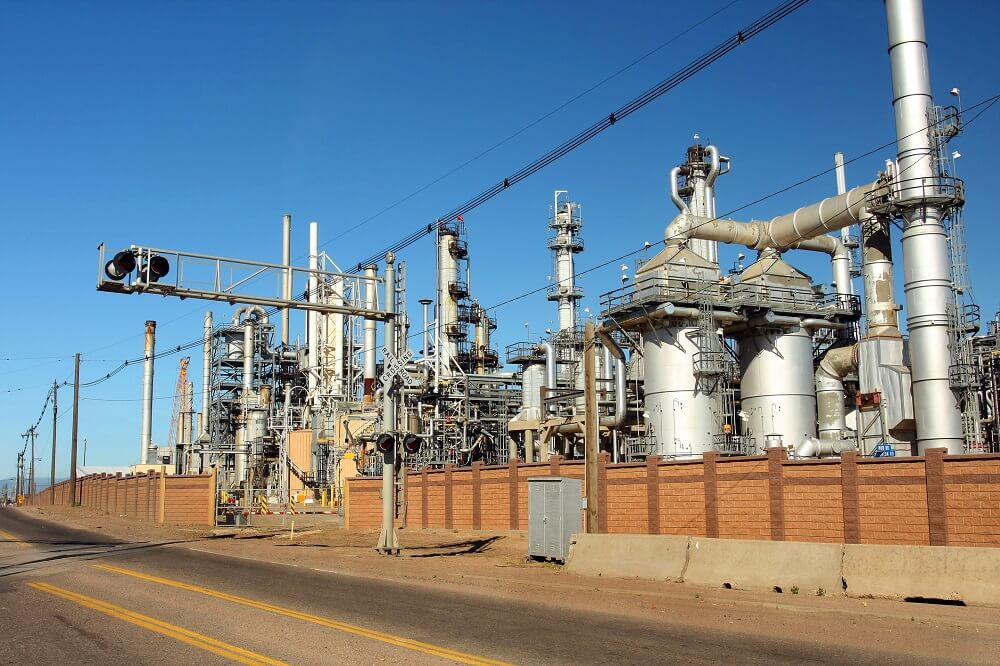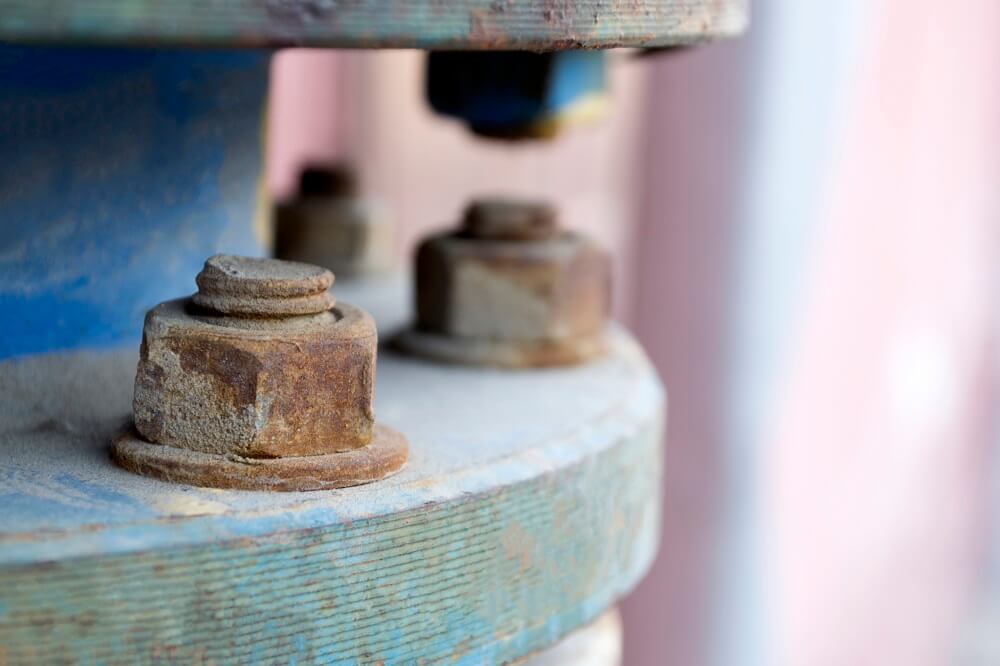The presence of non-visible residualsurface saltsand their impact on life cyclecoatingperformance is well documented, yet no widespread industry standards exist to easily reference levels that will diminish the risk ofcoating failure. Since many industrial projects have an original cost of millions of dollars, a failure to address the potential presence of residual salts and remediate accordingly can result in unbudgeted costs, which become a multiple of the original project outlay.


Figure 1. Salt-induced pitting before and after surface cleaning (not the same location).
The Link Between Salts, Coating Performance and Cost
The shortage of readily available, industry-wide references generates a frequent question from many companies and organizations on the acceptable limit(s) of various commonanionicspecies for the environment and conditions with which they each are dealing. It is the variability of conditions, severity of service, coating orcoating system应用ed, condition of steel to be protected,service lifeof the coating to be achieved and other such factors that have led to many opinions not only about the need to take salts into consideration, but also about what specific levels may prevent premature failure.
Early adopters, companies and organizations that recognized the linkage between coating performance and the potential presence of residualsurface salt contaminants, and made changes to theircoating specifications, are benefiting with significant cost savings.
As an example, for very large tank relining projects, which can easily exceed $1 million, prior requirements of relining cycles every five to seven years have been eliminated.储罐衬里installed under the revised regimen of testing and decontamination are in their 20thyear and are expected to achieve a 25-year minimum life span. Thetotal cost of ownershipimpact is very significant not only in association with these maintenance costs savings, but also in the deferral of asset utilization loss as well as administrative and overhead savings.


Figure 2. Tank salt-induced coating failures.
虽然没有普遍共识号码ic limits, sufficient statistical data collected from specifications in various industries—where proven cost savings from reduced protective coating cycles have been realized—can be shared. Yet, industry-specific organizations have established limits: such as the International Maritime Organization (IMO), with an equivalentchloridelimit of 3µg/cm2for ballast tanks; or NORSOK, with an offshore immersion service chloride limit of 1µg/cm2. Specifiers have worked comfortably with limits based on risk, with high-value assets orimmersion-severe servicerequiring low-risk tolerance. On the other hand, atmospheric service for coatings does not have the level of service severity resulting in willingness to consider a higher risk.
The chart below has been a useful guide for specifiers developing project-specific limits with common anionic species.
Soluble Salt |
Chloride |
Nitrate |
Sulfate |
Unit |
µg/cm2 |
µg/cm2 |
µg/cm2 |
Low Risk |
2 to 3 |
5 or less |
10 or less |
Medium Risk |
5 to 7 |
5 to 10 |
10 to 20 |
High Risk |
>8 |
>10 |
>20 |
Table 1. Soluble salt limits.
Quoting from a previously published article, “Five Key Factors in Understanding the Role of Soluble Salts in Coatings Failures,"the chloride ion is more corrosion-inducing than the sulfate, for example: Knowing what anionic species is present and its concentration (amount) is important and directly related to the outcome of the coating performance."
The Importance of Temperature on Coating Performance in the Presence of Soluble Salts
Alternatively, temperature-related conditions for coating service should be taken into consideration because the corrosion-inducing effect is increased as the temperature rises.
The chart below has been a useful guide for specifiers developing project-specific limits with common temperature conditions.
Soluble Salt |
0°to 100°F |
100°to 175°F |
175°to 250°F |
Unit |
µg/cm2 |
µg/cm2 |
µg/cm2 |
Chloride |
3 |
<2 |
ND |
Nitrate |
5 |
<3 |
ND |
Sulfate |
10 |
<5 |
ND |
Table 2. Soluble salt limits at various temperatures.
Substrate Preparation and Removing Soluble Salts
Most, if not all, coating manufacturers address the issue of residualsurface contaminants, inclusive of salts, in the guidelines provided in theirtechnical data sheetsor other literature for general use. (The topic of surface preparation is covered in the articleHow to Prevent Premature Coating Failures by Removing Soluble Salt Contaminants during Surface Preparation.) The aforementioned values either address or closely approximate the values offered by the manufacturers, most frequently when the topic of life-cycle coating performance is addressed.










